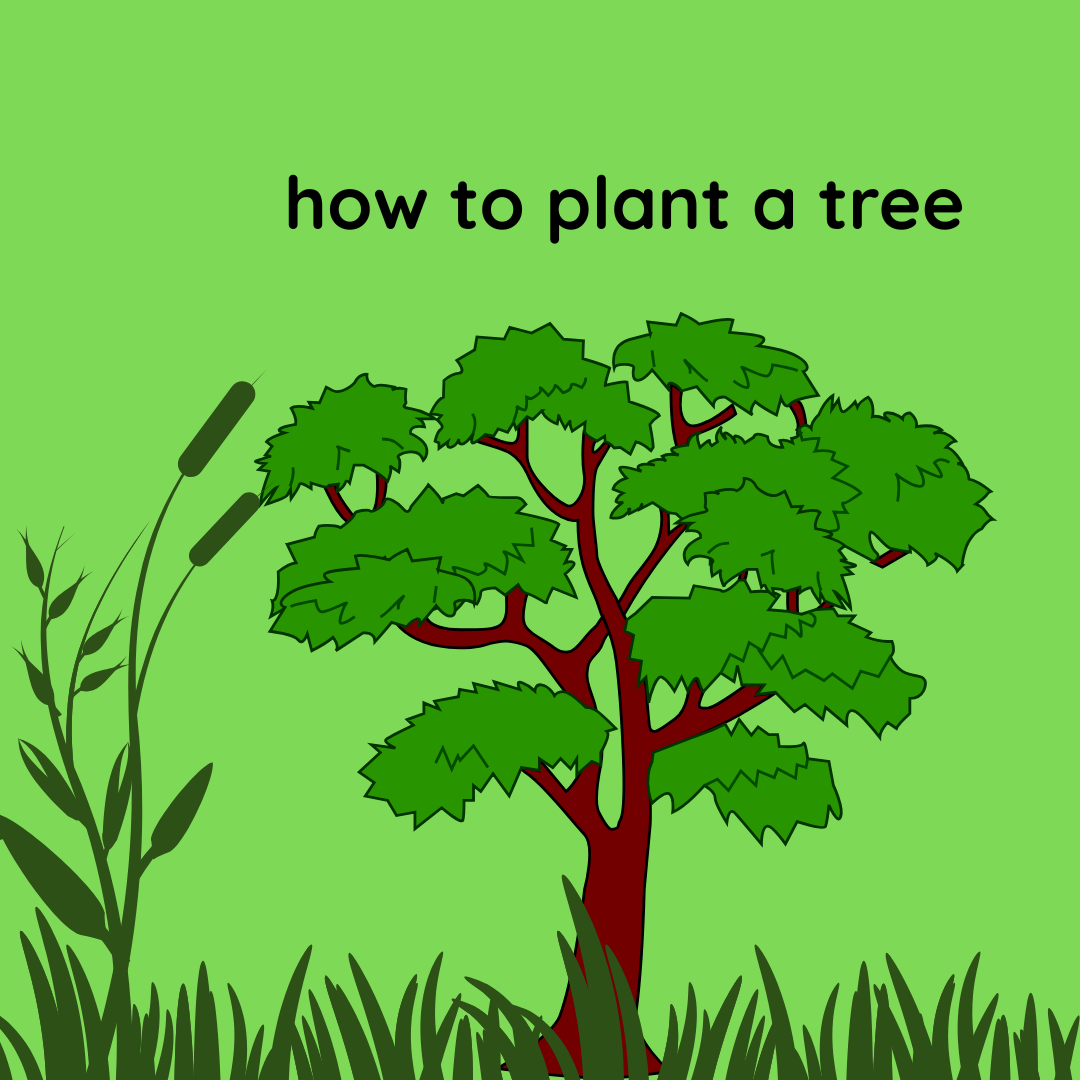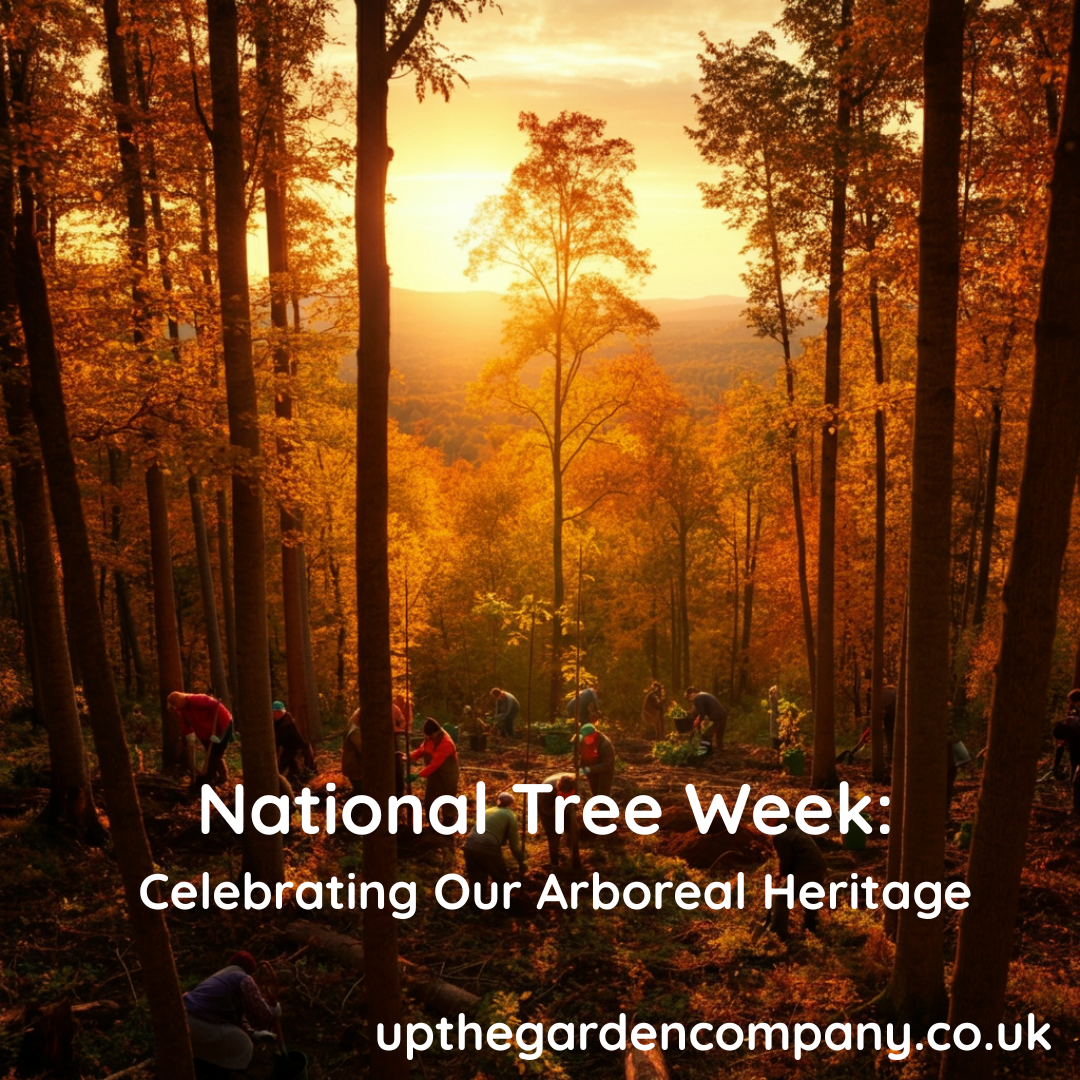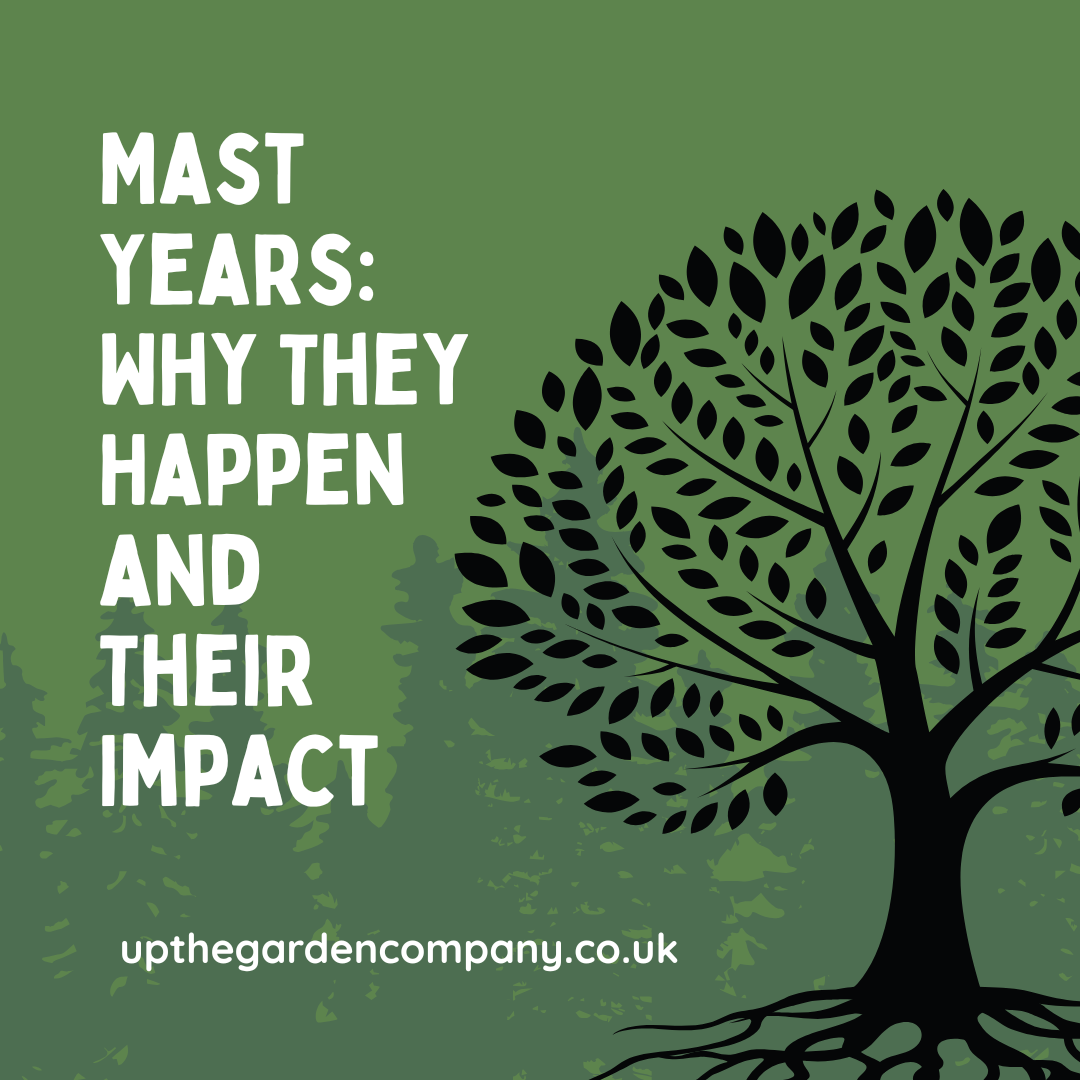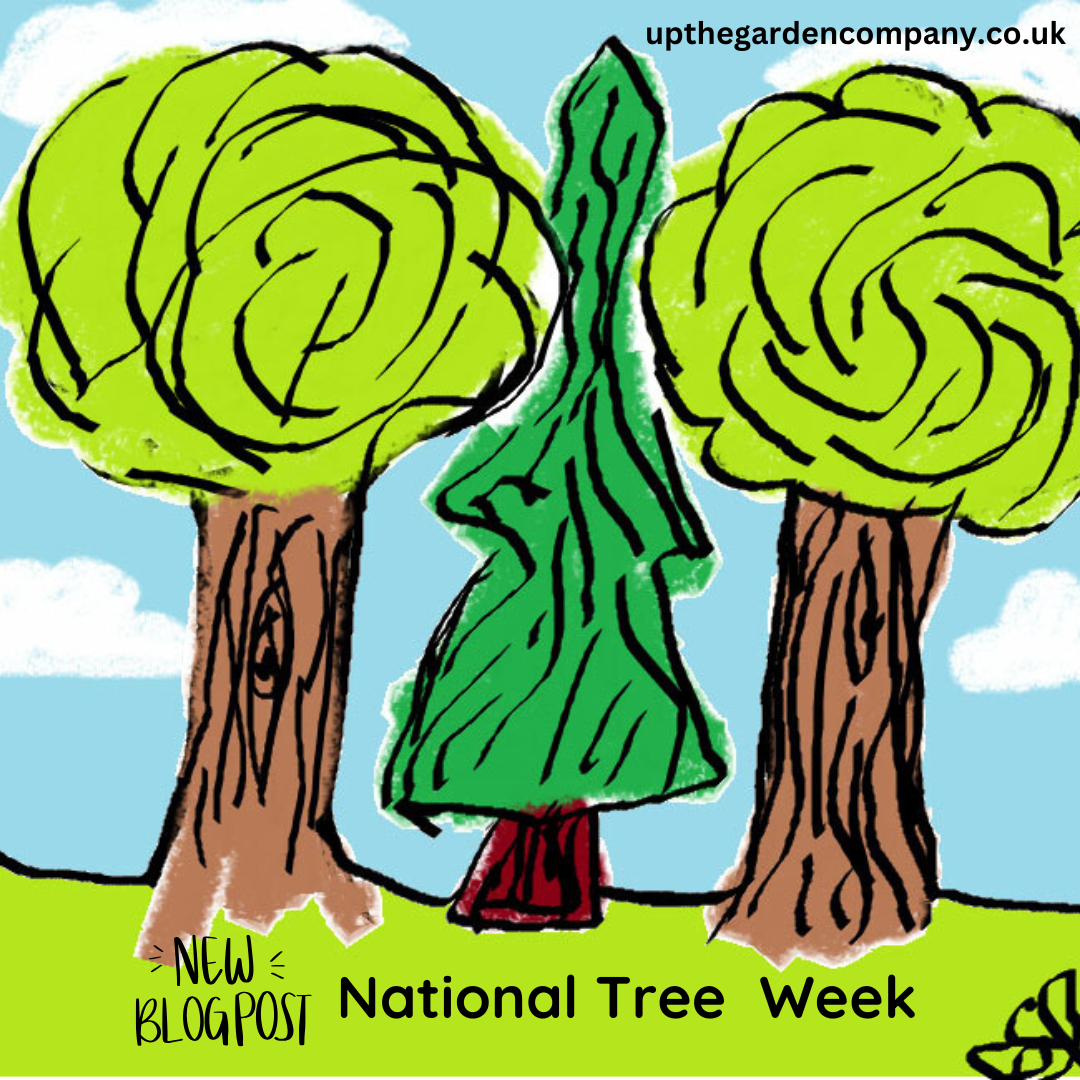There’s something profoundly satisfying about planting a tree. Unlike annual flowers that bloom and fade within a season, a tree is a living legacy—one that will stand for decades, perhaps centuries, offering shade, shelter and beauty to generations yet to come. Whether you’re cultivating a small urban garden or stewarding a sprawling country estate, planting a tree is an act of hope and care for the future.
But as with any worthwhile endeavour, success lies in the details. A hastily planted tree can struggle to establish, fail to thrive or even become a liability as it matures. The good news? With a little knowledge and preparation, you can give your tree the best possible start in life.
This guide will walk you through every step of the process, from selecting the right species for your garden to ensuring your young tree thrives in its new home. Let’s begin.
Choosing the Right Tree for Your Garden
Before you even think about digging a hole, take time to consider which tree will suit your garden best. This is where many well-intentioned gardeners go astray. A tree that looks charming in the nursery may grow into a towering giant that dominates your space, casts heavy shade, or causes problems with foundations and drainage.
Consider the Mature Size
Every tree has a mature height and spread, and these dimensions matter more than you might think. A willow might seem appealingly graceful when young, but it can reach 20 metres in height with roots that seek out water pipes and drains. On the other hand, a Japanese maple might top out at just four metres, making it perfect for smaller gardens.
Ask yourself: how much space do I have? Will this tree overshadow flower beds, patios or neighbouring properties? Will it interfere with overhead power lines or underground utilities? A little research now can save years of regret later.
Match the Tree to Your Climate and Soil
Britain’s climate is famously changeable, but even within these isles, conditions vary. A tree that flourishes in the mild, wet west of Scotland may languish in the drier, colder east of England. Similarly, soil type plays a crucial role. Some trees, like birches and pines, tolerate sandy, acidic soils. Others, such as field maples and hawthorns, prefer chalky, alkaline ground.
Test your soil’s pH if you’re unsure, and choose a species that naturally thrives in your local conditions. Native trees—oak, ash, birch, hazel—are often the safest bet, having evolved over millennia to suit British soils and weather.
Think About the Garden’s Microclimate
Even within a single garden, conditions can differ. Observe where frost lingers longest, where wind batters most fiercely, and where the sun lingers in the afternoon. A south-facing spot will be warmer and sunnier, ideal for sun-loving species like magnolias. A shaded corner might suit shade-tolerant trees like holly or yew.
The Shade Factor
Remember that a tree casts shade—sometimes a great deal of it. This can be a blessing on a hot summer’s day, but it can also limit what you can grow beneath it. Dense evergreens like laurel create year-round shade, while deciduous trees allow spring bulbs and woodland flowers to flourish before the canopy fills in.
If you’re planting near the house, consider how the tree’s shadow will move across windows and garden rooms throughout the day and across the seasons.
Selecting a Healthy Tree
Once you’ve decided on a species, it’s time to choose a specific tree. Not all trees are created equal, and a little scrutiny at the garden centre or nursery can make all the difference.
What to Look For
A healthy tree has a strong, straight trunk with no visible wounds, cracks or signs of disease. The bark should be intact and free from peeling or discolouration. Branches should be evenly spaced, not crossing or rubbing against one another.
Check the roots if possible. Containerised trees sometimes become pot-bound, with roots circling tightly around the base. These can struggle to grow outward once planted. Ideally, roots should be firm, white or light brown and free from foul odours.
Avoid trees with yellowing leaves, sparse foliage or signs of pest damage. A tree that’s been poorly cared for in the nursery will take longer to establish—if it establishes at all.
Bare-Root vs. Container-Grown
Trees are sold in two main forms: bare-root and container-grown. Bare-root trees are lifted from the ground during dormancy (November to March) and sold without soil around their roots. They’re often cheaper and establish more quickly, as their roots haven’t been confined. However, they must be planted immediately or heeled into the ground temporarily.
Container-grown trees can be planted almost year-round and are more convenient, though they tend to cost more. Both have their merits; choose based on timing and budget.
How to Plant Your Tree
Now comes the moment you’ve been waiting for: putting your tree in the ground. Done well, this sets the stage for a lifetime of healthy growth.
Choose the Planting Position
Revisit your earlier research. Ensure the spot you’ve chosen offers enough space for the tree’s mature size, suits its soil and light requirements, and won’t interfere with structures or utilities. Mark the position clearly.
Avoid planting too close to buildings—roots can undermine foundations, and branches can damage roofs and gutters. A general rule of thumb is to plant at least half the tree’s mature height away from structures.
Prepare the Ground
Good soil preparation is essential. Begin by clearing a circular area at least one metre in diameter, removing all weeds, grass and debris. Dig a hole twice the width of the root ball but no deeper—the tree should sit at the same level it was growing in the nursery, with the root flare (where the trunk widens at the base) just visible above the soil.
Loosen the soil at the bottom and sides of the hole with a fork to encourage roots to spread. If your soil is heavy clay, consider mixing in some organic matter or grit to improve drainage. Sandy soils benefit from added compost to retain moisture.
Position the Tree
Carefully remove the tree from its container, teasing out any circling roots. If planting bare-root, spread the roots evenly in the hole. Position the tree so it stands upright and straight, then backfill with the excavated soil, firming gently as you go to eliminate air pockets. Water thoroughly.
Staking and Support
Young trees often need support while their roots establish. Drive a sturdy wooden stake into the ground at a 45-degree angle, on the side of the prevailing wind, before planting. Secure the tree to the stake with a flexible tree tie, positioned about a third of the way up the trunk. Check and loosen the tie periodically as the tree grows to prevent it from cutting into the bark.
Most trees need staking for only one to three years. Once the roots have taken hold, remove the stake to allow the trunk to flex and strengthen naturally.
Mulching
Apply a generous layer of mulch—bark chips, well-rotted compost, or leaf mould—around the base of the tree, leaving a small gap around the trunk itself to prevent rot. Mulch suppresses weeds, retains moisture, and adds valuable organic matter to the soil as it breaks down. Aim for a layer at least 5cm deep, extending to the edge of the planting hole.
Watering and Feeding
Even the toughest tree needs care in its first few years.
Watering
Water your newly planted tree regularly, especially during dry spells. A thorough soak once a week is better than frequent shallow watering, as it encourages deep root growth. In the first summer, this is critical. By the second or third year, most trees will have established sufficiently to cope with typical British rainfall.
Feeding
Trees planted in good soil rarely need supplementary feeding. However, if growth seems slow or foliage appears pale, a spring application of general-purpose fertiliser or well-rotted manure can help. Avoid over-feeding, which encourages soft, sappy growth vulnerable to pests and frost damage.
Formative Pruning
Pruning might seem daunting, but a little attention in the early years helps shape a strong, well-balanced tree.
Why Prune?
Formative pruning removes damaged, crossing, or badly placed branches, encouraging a healthy framework. It’s best done in late winter or early spring, when the tree is dormant and wounds heal quickly.
What to Remove
Start by cutting away any dead, diseased, or broken wood. Next, look for branches that cross or rub against one another—these can create wounds that invite infection. Remove the weaker of the two. Aim to maintain a single leading shoot (the main upward-growing branch) and a well-spaced arrangement of side branches.
Keep cuts clean and just above a bud or branch junction. Avoid leaving stubs, which can rot, and don’t use wound paint—modern research suggests it does more harm than good.
When to Call in a Professional
Large trees or complex pruning tasks are best left to qualified arborists. Attempting ambitious cuts without the right equipment or knowledge can be dangerous and may damage the tree.
Additional Care and Advice
Protect from Pests and Disease
Young trees can fall prey to rabbits, deer and voles. A tree guard or spiral wrap around the trunk offers protection. Keep an eye out for signs of disease—unusual leaf spots, cankers or fungal growth—and consult a tree specialist if concerned.
Be Patient
Trees grow slowly. A sapling that seems insignificant in its first year may still look modest in its fifth. But given time, it will reward your patience with shade, beauty and a sense of permanence that few other garden features can match.
Celebrate Seasonal Changes
One of the joys of planting a tree is watching it change with the seasons. Spring blossom, summer foliage, autumn colour, and the stark beauty of winter branches—each has its charm. Choose a tree that offers year-round interest, and your garden will never feel dull.
Planting a Tree is Planting the Future
To plant a tree is to believe in tomorrow. It’s an investment in beauty, biodiversity, and the health of the planet. Whether you’re planting an oak that will outlive you by centuries or a cherry tree that will delight your children with its spring blossom, you’re making a contribution that extends far beyond your own lifetime.
So take your time, do your research, and plant with care. The tree you nurture today will stand as a testament to your stewardship for generations to come..
Further Reading: Mast Years: Why They Happen and Their Impact, RHS How to Plant a Tree, Tree Council
Inspiration: Follow Us on Instagram, Threads, BlueSky, Twitter, TikTok and Pinterest.



